As well as being the feast day of St Calimerius – a 3rd-century bishop of Milan, persecuted and killed by being flung head first into a well, and invoked against drought; and that of several other saints, the 31st July also marks the end of the academic (financial) year. Consequently, amongst those leaving (retiring) from Christ Church are Professor Jackie Eales, co-director of the Centre, Professor Peter Vujakovic, from Geography and someone we at the Centre have worked with on several projects, and Dr Lesley Hardy, who as readers of the blog will know is one of the leaders of the ‘Finding Eanswythe’ project. We at the Centre wish them all the best for the future.
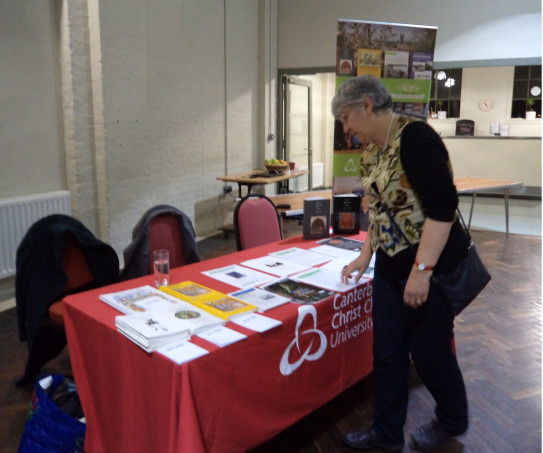
I’ll be returning to Jackie shortly, but first I thought I would provide a report on the research activities of members of the Kent History Postgraduates Group that again met this week. I am extremely grateful and delighted that they are prepared to meet like this because it does demonstrate the collegiate nature of these researchers, as will be illustrated below. Unfortunately, Lily was unable to join us because she is unwell, but hopefully she will have recovered fully by our next meeting in a fortnight’s time, and Jacie will be joining us too.
Because Tracey had her laptop in the garden, Dean was able to see the blue sky behind her, which was in marked contrast to the rain he was experiencing in Manchester. However, as Jane, I think, reminded him, it had stopped yesterday thereby allowing the conclusion of a very exciting Test Match series. I don’t think Dean was that impressed! A further topic of conversation while people were coming in to join the meeting, were people’s animals, and it was fascinating to discover that amongst the group there were owners of various reptiles, a rabbit (soon to be joined by a ‘friend’), several cats (Caesar has competition) and a rescue dog, ‘Mr B’, who is settling well into his new home.
Once everyone had arrived, and had their coffee to hand, we started on our usual round-up and Janet began by telling the group about her continuing work to discover the built environment of Ruxley Hundred in the 13th century. Having examined the local churches for fabric from this period, she has been interrogating the archaeological excavation reports regarding known flint building foundations as a way to investigate the likelihood of earlier flint buildings, as well as timber-framed structures on flint footings. She is aiming to build-up a picture of the local landscape, and to that end she has also been exploring the feasibility of using ArcGIS. Having downloaded the relevant software from IT at CCCU, she has been experimenting, and even though she had experienced some early issues, she thinks this approach may be helpful and hopes to attend the next training course run by the university next January. Moreover, as she said, such a course might be useful for Tracey, Jane and Maureen as well for whom landscape is a feature of their respective projects.
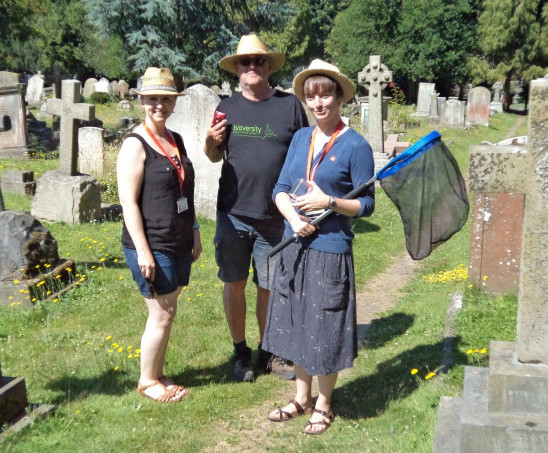
Like Janet, Dean had attended some virtual sessions of the Battle conference to add to those he had attended previous for the virtual IMC. In addition, he has been busy working on the final stages of his doctoral thesis, having completed the revised version of chapter two. This he feels is now stronger because it has meant he has been able to bring together evidence from various chronicles and the Calendar of Inquisition Misc., including some work on Tonbridge castle and the de Clare family. Moreover, he is in the process of refining certain ideas about the fate of various arche in relation to what this can tell us about dating, a most interesting development. He is still thinking how he can get ‘more people’ into his thesis, which is proving to be quite challenging.
Pete was able to join us this time, although he is still very busy with various work projects. Just how and how many students will be on campus in the autumn remains challenging and the situation’s continuing fluidity is not helping either regarding planning for the new academic year. He has now received his official letter about passing his MA which is excellent. If he can find appropriate supervisors, he would like to embark on a doctorate concerning Poor Law provisions and their implementation in the Rochester diocese. This is potentially another very exciting project.
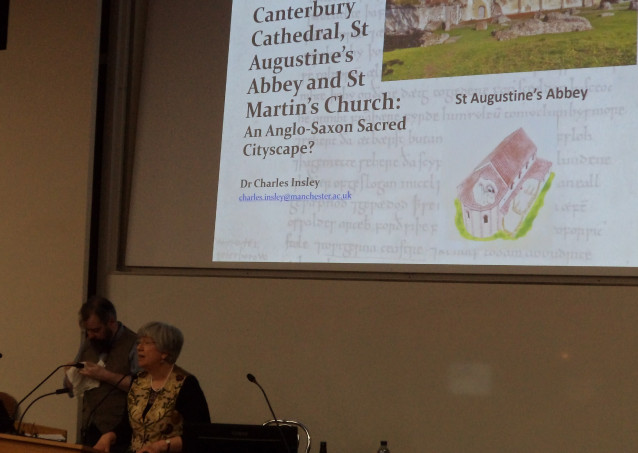
Tracey has been back exploring the location of Wyk manor as part of her research into the patronage of Lukedale chapel. She has located a useful article by Woodruff from the 19th century, and, once Canterbury Cathedral Archives opens again, she wants to explore the Fordwich civic archive herself for more information. Hopefully this will be in early September, but, in the meantime, she is drawing her notes together for her chapter on religious patronage. Another family chapel that will feature in her analysis is Garwynton, and again Thorne’s Chronicle is proving helpful, a mark of St Augustine’s many interests in east Kent! To provide a useful thematic perspective, Tracey has been trying to locate a copy of a specific chapter of Jennifer Ward’s book on medieval women, and Dean has been able to help her with this – another example of the collegiate spirit.
Having gone back over the material for Tonbridge, Maureen has located another primary source – an estate valuation from 1521 following the execution of the duke of Buckingham. Having transcribed it, she has now slotted her notes into the relevant section of her thesis plan. Coupled with work on the valuation, she has been busy investigating the early modern wills Tonbridge wills. Her current focus is trying to gain more accurate population figures than solely relying on parish registers, and in August this will involve a research trip to the Society of Genealogists centre in London.
Keeping with Tonbridge and wills, even though Jane has been unable to work on her research as much as she wanted recently, she has been doing more on her database, including refining some of her tables and the relationships between them. She thinks she is almost ready to go beyond the pilot stage, having used four wills as a test to uncover any problems. In addition, she has been reading secondary sources and is currently exploring Latton Priory in Essex, another Augustinian priory, because, like Tonbridge Priory, the church became a barn post-Dissolution.
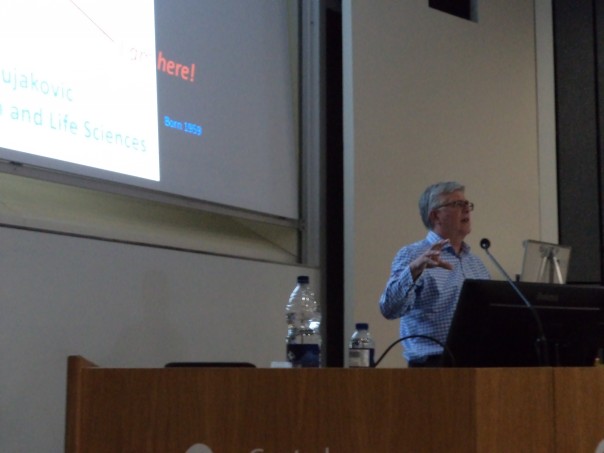
Thus, as I hope you can see, these projects on a wide range of topics – thematically and geographically, are exciting and will result in fascinating Kent history studies.
Turning back to my start, I thought it would be appropriate for the Centre’s blog to mark Jackie’s retirement, and who better to provide some insights into her time at Christ Church than Dr Lorraine Flisher, a former student of Jackie’s who has more recently taught Jackie’s specialist courses on the 17th century and the English Civil War, and who shares Jackie’s passion for the period. Furthermore, considering Jackie’s leading involvement in the 30-year Canterbury UNESCO World Heritage celebratory conference, it seemed appropriate to use the idea of ‘J’ for …’ and ‘E for …’, so here is Lorraine’s contribution.
‘J for Jackie and Jewel’: Jackie Eales is the ‘Jewell’ in the crown of the history department at Canterbury Christ Church University. Jackie has made a priceless contribution to the academic team at Christ Church University and the university has worn her achievements with pride. She has graced the department as a cultured jewel, demonstrating her knowledge of the English civil war, women’s history, religion, literature and culture of the early modern period. In her time at Christ Church, Jackie has been in her prime – like a vintage Saint Emilion or Classic Bordeaux – wines of quality and depth, making a valuable contribution to the department, influencing colleagues and supporting students. Like a jewel she has shone brightly and been treasured by others who have found her confidence and support indispensable, for which she has garnered much respect.
As Professor of Early Modern History and Director of Research for the Faculty of Arts and Humanities, President of the Historical Association (2011-2014) and Co-Director of the Centre for Kent History and Heritage, Jackie has sparkled like a polished jewel over the department. But Jackie has not simply been an ornamental trinket, just for show. The breadth of her experience has been a precious commodity in the changing world of university marketisation. Against these changes, Jackie’s value has increased year by year, as a rarity in today’s academic environment. In her role as a speaker, educator and contributor to the current discourse on the value of teaching undergraduate history, she has been a shining example of support for the discipline. Her priceless contribution has been to add value and a glint of gravitas to the university, through her network of contacts across academic institutions. However, many will remember Jackie for bringing a shimmer and twinkle, tempered with sobriety, to her undergraduate teaching. Others will treasure her role in reaching out beyond the confines of the academic elite, working with schools, local history associations and in widening participation and engagement with local communities. In all these areas she will be remembered as a gem.
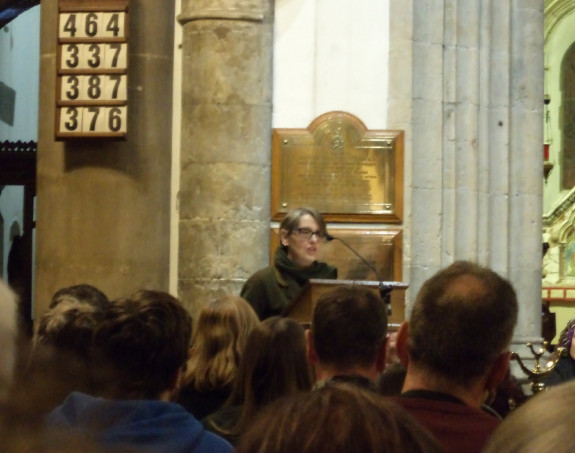
‘E is for Eales and Education’: Jackie Eales informs us that she ‘first got hooked on History at primary school and has been inhaling deeply ever since’. Initially studying under Conrad Russell at London University, where she was roused with a life-long passion for the English Civil War, Jackie went on to complete a PhD thesis, ‘Puritans and Roundheads: The Harley’s of Brampton Bryan and the Outbreak of Civil War’ (1990), which challenged traditional interpretations of county history during the civil war and provided an alternative thesis on civil war allegiances.
During Jackie’s career she has pursued her role as an historian to enlighten, instruct, and inspire undergraduate and post-graduate students, within an intellectual and scholarly framework. Indeed, as a woman at the vanguard of ‘women’s history’, Jackie has enthusiastically supported bringing women’s history into the mainstream and encouraged research and participation in this field of study. Jackie has published widely, and contributed to key debates, exploring the significant religious, political and educative roles, women have played outside the patriarchal household through the history of early modern England -in articles and publications such as Women in Tudor and Stuart England (1998), and has actively advised the ODNB to include more women in the DNB.
As an educator Jackie has utilised her erudition to enlighten, inform and educate. Jackie has inspired ambition in others, promoted opportunities for women in academia, and encouraged the pursuit of history in its widest sense. Jackie has been a high achiever and her ambitions culminated in her role as President of the Historical Association (2011–2014). As Professor of Early Modern History, Jackie has also been a Co-Director of the Centre for Kent History and Heritage, drawing on her personal networks and expertise to further our understanding of history, and reach out beyond academia to engage with the wider community. As a strong, influential, ambitious woman, Jackie has indeed, ‘been inhaling deeply’ on history, over a life-time career, in addition to providing inspiration to others in the pursuit of their goals.
 Centre for Kent History and Heritage
Centre for Kent History and Heritage Sheila Sweetinburgh
Sheila Sweetinburgh 1093
1093

